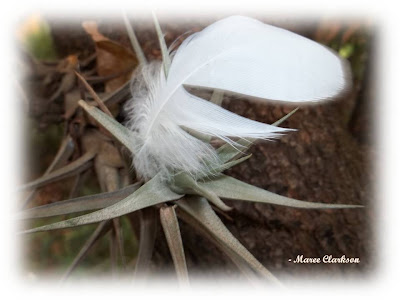I believe that there is a special place in hell for people who de-horn Rhinos...
Ink sketch and colour wash on Bockingford 300gsm
All we ever read in the media is statistics of all the Rhino atrocities, and nothing as to what can actually be done to stop this. Education is and always will be the best tool.
With today’s network of communication tools, such as social media, it is now possible for scientific studies to reach a global audience like never before – and we can move closer to busting these persistent myths about rhino horn, which are indeed the root of the rhino crisis. By raising public awareness and educating others about the truth behind rhino horn, we can make a difference.
With today’s network of communication tools, such as social media, it is now possible for scientific studies to reach a global audience like never before – and we can move closer to busting these persistent myths about rhino horn, which are indeed the root of the rhino crisis. By raising public awareness and educating others about the truth behind rhino horn, we can make a difference.
As part of continued efforts to set the record straight on rhino horn’s so-called curative properties, three scientific studies were re-introduced, confirming that rhino horn has no medicinal value. The studies were conducted by different teams of researchers at separate institutions. In each case, the results were conclusive: There is no scientific evidence to support claims of rhino horn’s usefulness as a medicine.
The studies “found no evidence that rhino horn has any medicinal effect as an antipyretic and would be ineffective in reducing fever, a common usage in much of Asia.” Testing also confirmed that “rhino horn, like fingernails, is made of agglutinated hair” and “has no analgesic, anti-inflammatory, anti-spasmolytic nor diuretic properties” and “no bactericidal effect could be found against suppuration and intestinal bacteria”,. And medically, "it’s the same as if you were chewing your own nails”.
When there were still at least 15,000 black rhinos on the African continent, WWF and the IUCN commissioned a pharmacological study of rhino horn, hoping that science would trump cultural myths. Tragically, by 1993, ten years after the study was published, Africa’s black rhino population had plummeted to just 2,300.















